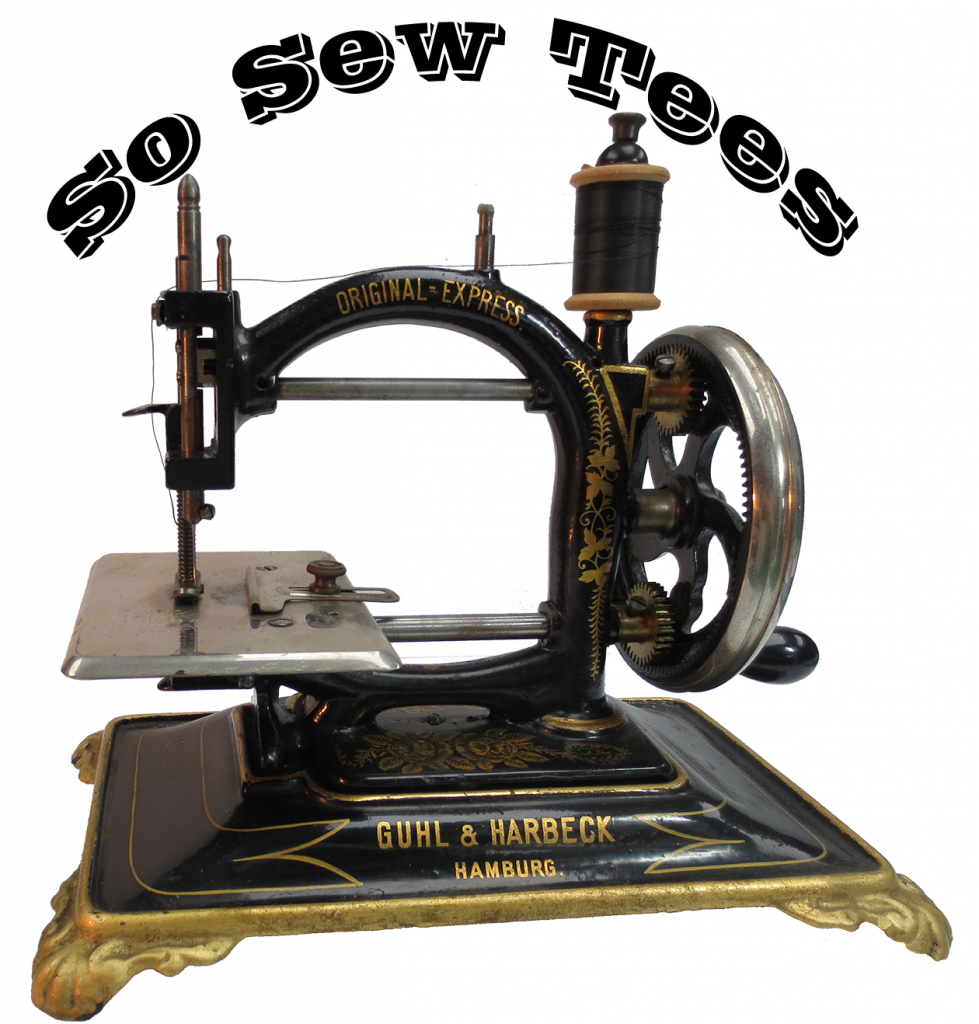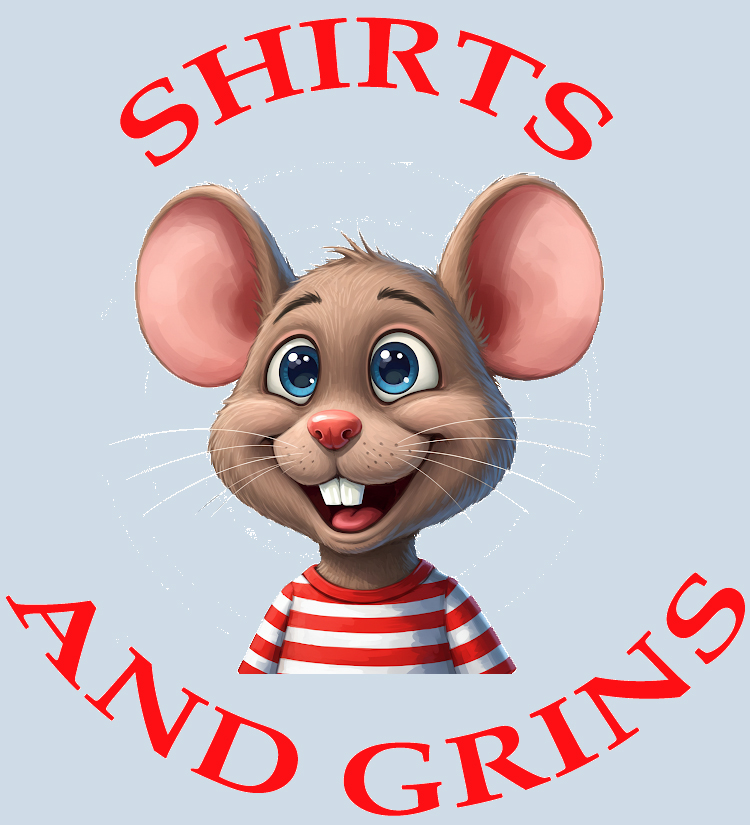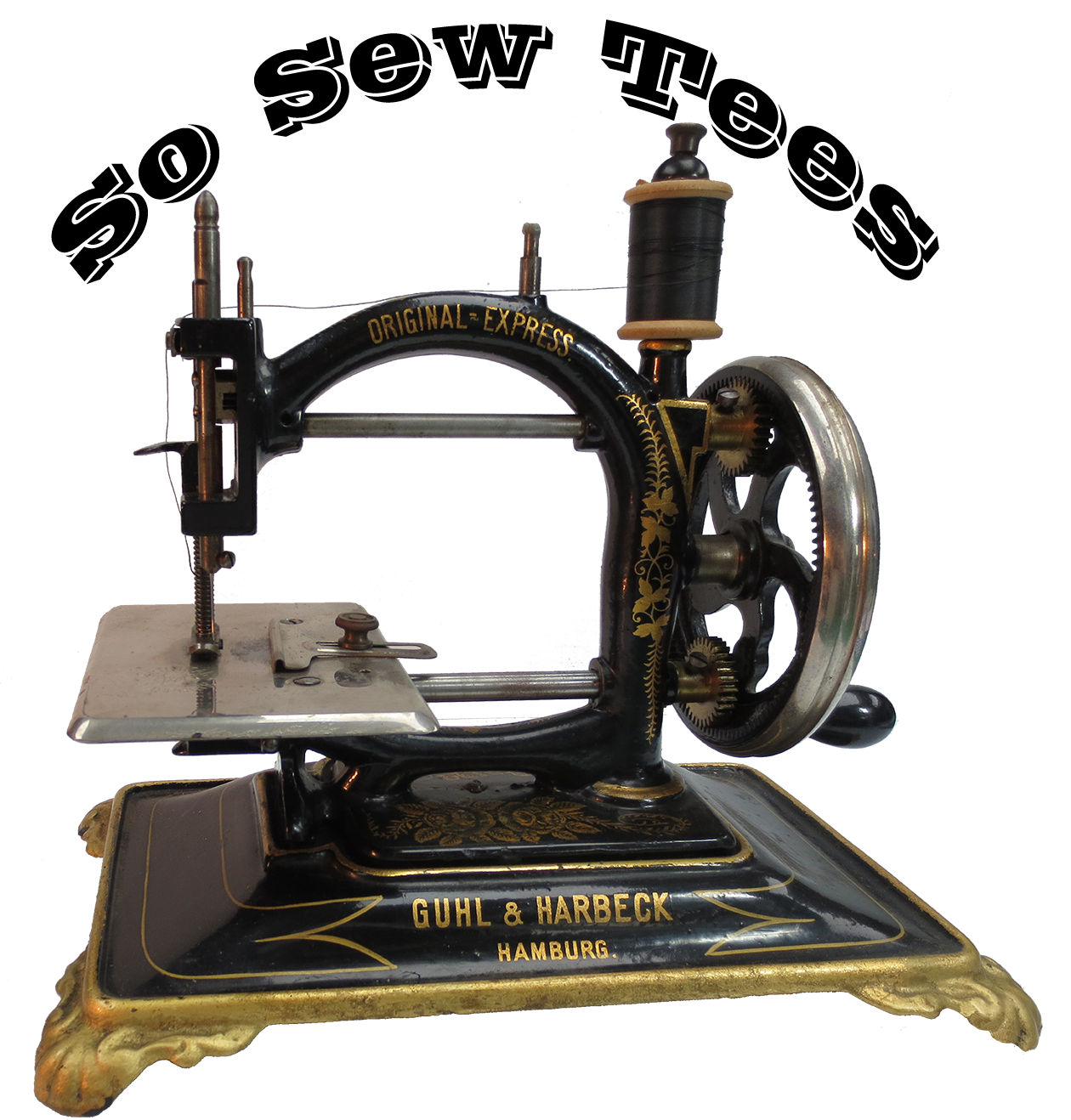The Shop Dedicated to Clothing and Accessories
For Antique Sewing Machine Collectors and Fans
The Shop Dedicated to Clothing and Accessories
For Antique Sewing Machine Collectors and Fans
About So Sew Tees
Like many other people around the world my wife and I collect antique and vintage sewing machines. Some collections are small with their value mostly in the personal connections to the machines (i.e. Grandma Winnie’s treadle) but some are rather large with values in the 6 digit range. My wife and I are somewhere in the middle with a collection totaling a little under 100 machines. If we bought any more machines we’d have to set up our tent in the side yard and sleep out there to make room for them.
Why the passion about sewing machines? Well, first of all sewing machines were the first machine to enter the domestic environment. They even predate bicycles (by the time bicycles first went into mass production in 1868 there were already dozens and dozens of sewing machine companies in full production mode). The stiff competition brought on by the quantity of companies in the same market led to continuous innovation which resulted in many elegant, and some rather inspired, designs. Poorly functioning designs fell by the wayside in short order which still left a very large number of excellent machines for consumers to examine and purchase. Fortunately the standard materials and techniques used by all manufacturers resulted in durable machines; most of which perform as well today as they did 150 years ago. And secondly they are just so darned cool!
Which brings us to this store. We only sell popular product brands. They are popular because they are high quality at a reasonable price. All of the photographs used to create these products are machines in our collection. They are all fully functioning machines with all of their parts and many of them have some attachments as well. The dates listed are approximate because serial numbers in the mid to late nineteenth century only give you ranges, not specific dates. We do not recondition our machines! We practice conservatorship which involves careful cleaning and rust removal with carefully selected chemistry. Once they are cleaned, oiled and adjusted they are protected with a wax designed and created for use in art museums. We do not use paint since none was used in the original manufacturing process. (This calls for a side note for newcomers to the world of antique sewing machines: The glossy black finish on all of those old machines is not paint; it is a hot dip process called “Japanning”. Japanning is a mixture which includes asphaltum and black Japanese lacquer – urushi – among several other ingredients. Also, from the early to mid 1860s on, the fancy gold decorations were almost always decals with some noted exceptions.) We do not use modern replacement decal sets either. However, I did remove a few blemishes in Photoshop on one or two machines. I used Photoshop on all of the machine photographs to remove the background; I think they present better that way. I do plan to expand my offerings in the future when time permits, your suggestions are welcome; so please check back from time to time.
Thank you for visiting our store, I hope you find something you enjoy.

Affiliated Stores


